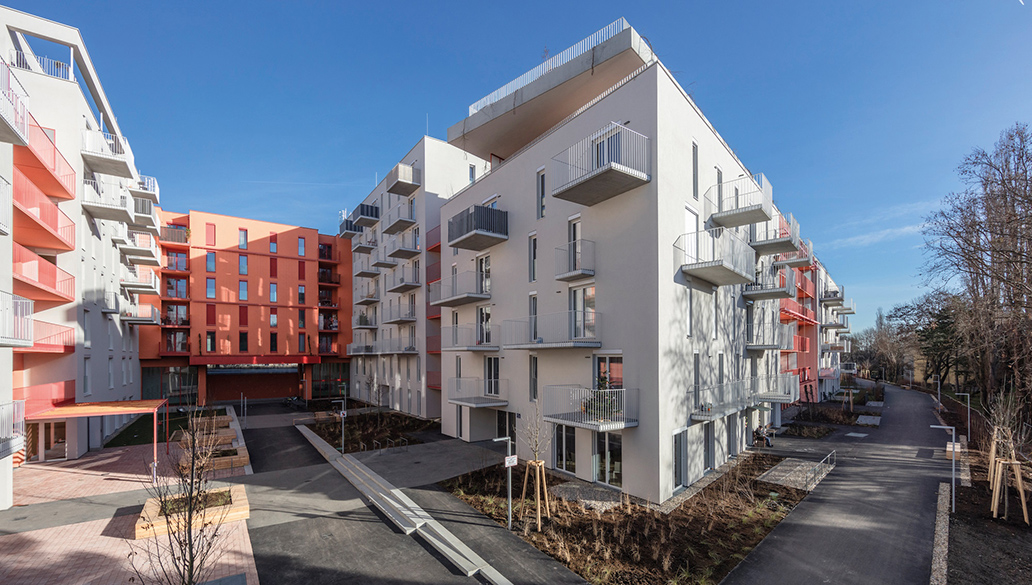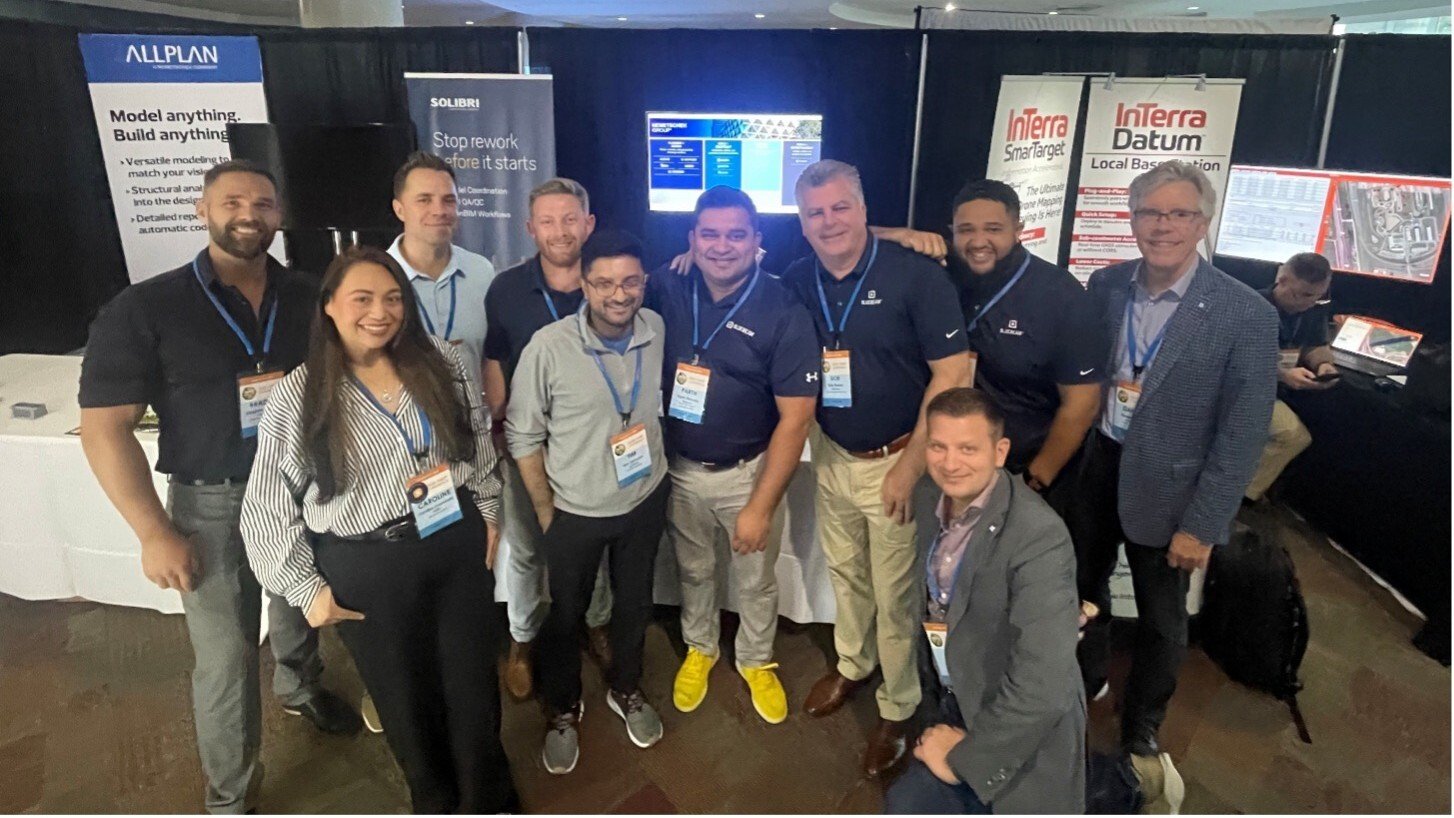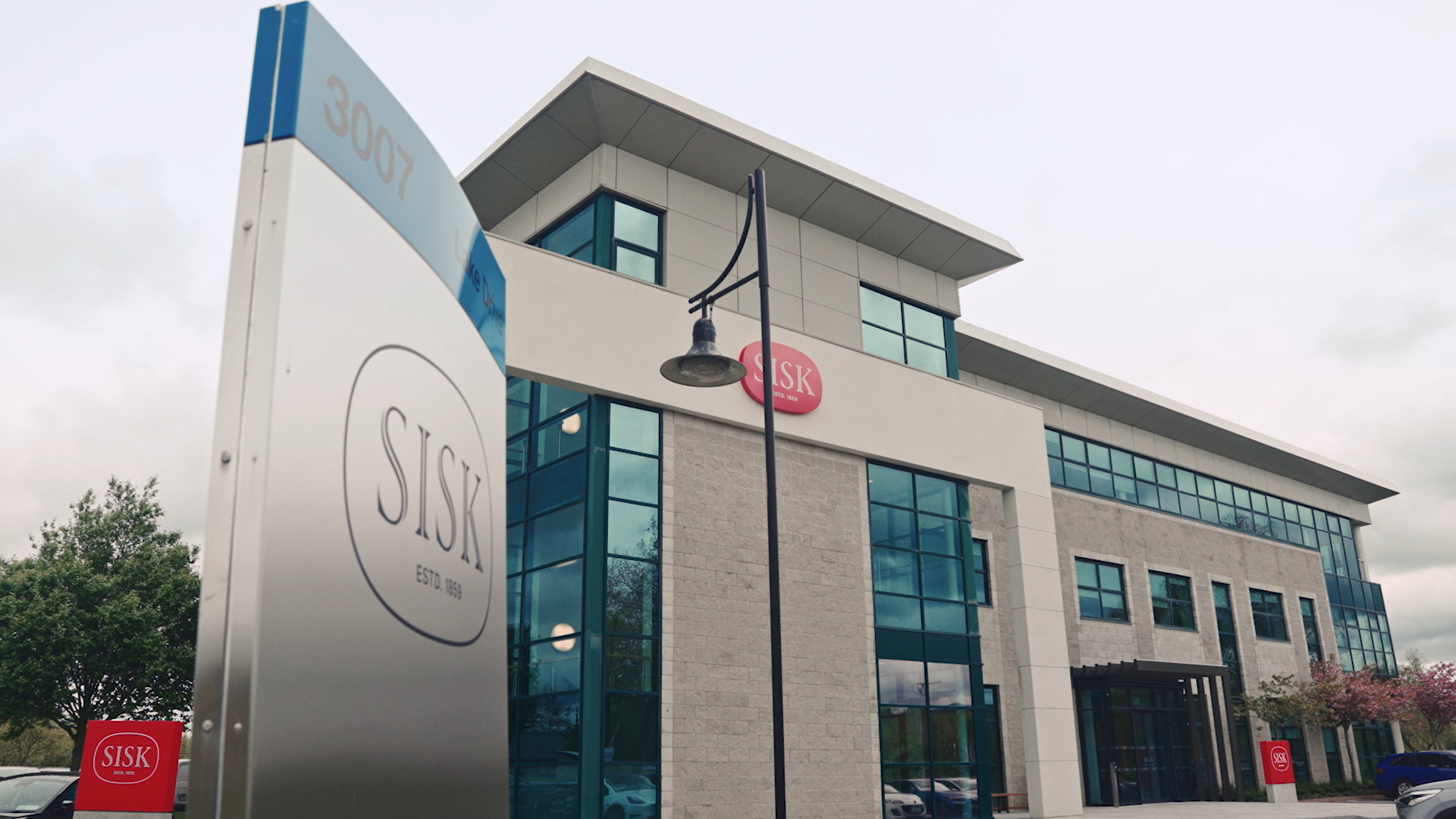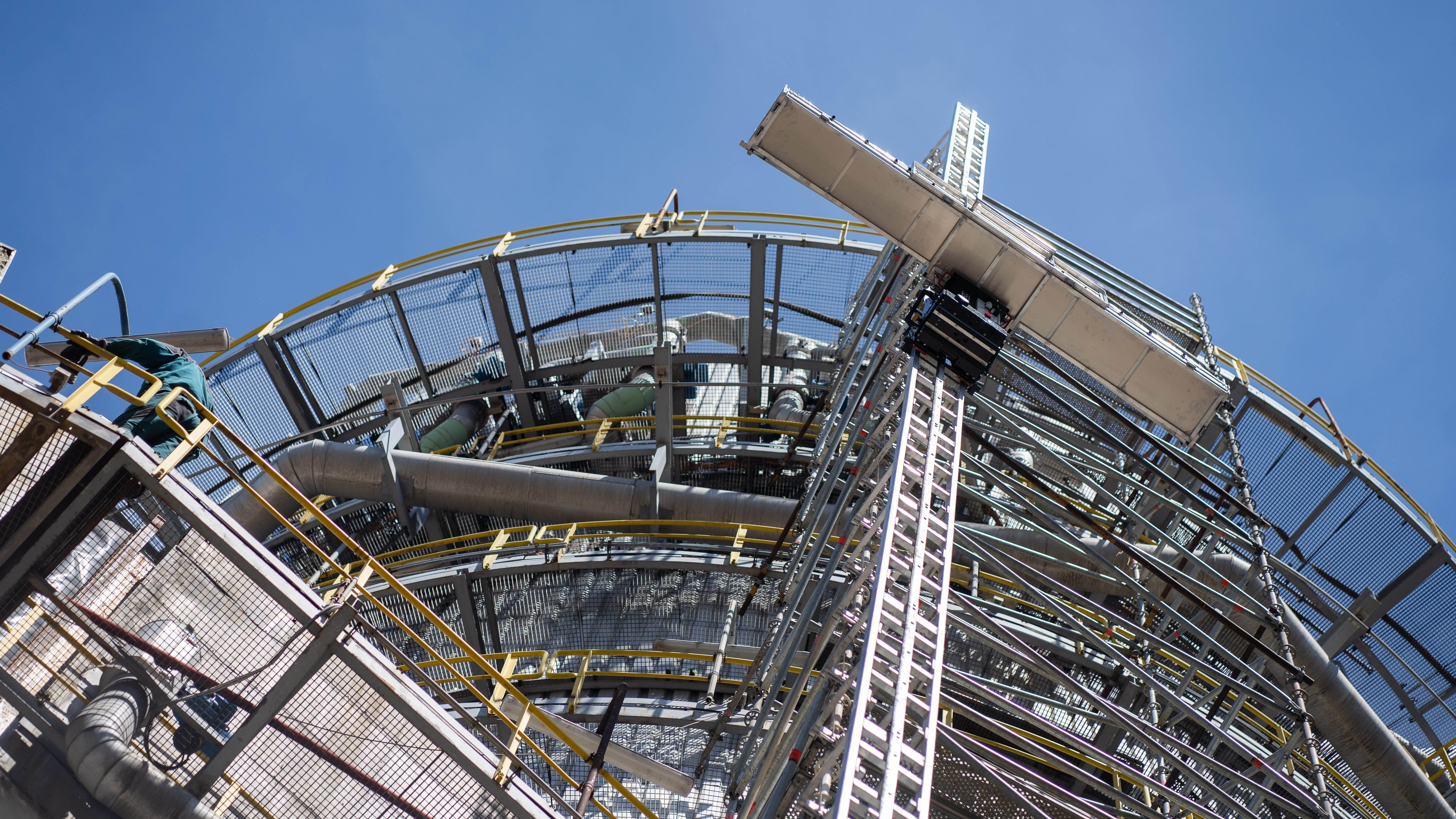Concrete and Sustainability – Not Necessarily Counterparts
Concrete doesn't have the best reputation when it comes to sustainability. But it doesn't have to be that way. Precast concrete elements paint a very different picture in terms of sustainable production, thermal benefits, and reusability.
Author
Anton Glasmaier
Managing Director of the Association of Austrian Concrete and Precast Plants (VÖB)
This article belongs to the collection Sustainability
To the topic pageThe Advantages of Prefabrication for Climate Protection
In addition, the social aspects should not be underestimated; prefabrication has a very positive effect on occupational safety. Unfortunately, the construction industry still leads the negative statistics at present; in no other industry are there more accidents than in the construction industry. Stricter protective measures are counteracting this trend, but work on the construction site still involves numerous risks. With production in a factory, on the other hand, machines take over dangerous, physically strenuous, or even unhealthy work steps. Thus, not only nature benefits from the efficiency and precision of prefabrication, but also, and above all, the people who work on the structure or live in the nearby vicinity.
What concrete advantages do precast concrete elements offer in the field of climate protection - especially along the entire building life cycle?
1. Sustainability Advantages during the Planning Phase
With the help of specialized precast planning tools – for example from ALLPLAN – the very detailed and, thanks to automation, at the same time efficient planning of the precast elements is carried out first. From the very first moment, it is considered whether the design idea is feasible. OPEN BIM and open interfaces also reduce data losses and frictions between the individual project phases and thus offer potential for minimizing errors and increasing efficiency – which have a positive impact on material consumption.
In addition, concrete enables better use of space thanks to its special properties: it can be used to plan and build both in depth and in height, thus reducing basic sealing.
2. Sustainability Advantages during Production
This is followed by production, which can be carried out in the plant in a much more resource-efficient way than using concrete on conventional construction sites. Firstly, because there is hardly any waste, as any concrete surpluses can be reused immediately. Secondly, because water can be reused or purified and reused. In addition, computer and robot-controlled batching of concrete and reinforcement is much more precise than manual batching, resulting in material savings in the double-digit percentage range.
Further material savings are possible with hollow core construction. With hollow-core slabs and walls, around 45% concrete and 30% steel are saved. Quite similar values are possible for precast elements with displacement bodies and recess bodies – everything in concrete and steel that is not necessary for the structural design can thus be saved and brings enormous ecological advantages in both production and transport.
3. Sustainability Advantages on Site
After quality inspection and drying of the precast elements, they are transported to the construction site. Instead of hundreds of trips with concrete mixers over a period of months – as it is the case with conventional construction sites – the precast elements can be transported to the construction site ready for use within a few days, moved to the right position by crane and installed immediately. The noise and dust pollution for the neighborhood and workers are reduced to a minimum. With the help of intelligent software solutions, the prefabricated parts are already produced, loaded, and transported in the correct sequence for installation – which in turn reduces journeys – and CO2 emissions to a minimum and speeds up processes.
This step in particular offers room for further innovations: With the help of artificial intelligence and machine learning, for example, an intelligent crane could recognize the prefabricated parts with the help of a built-in chip and independently move them to the right position. The advantages: further accelerated processes and reduced emissions.
Another plus: Less waste is generated in the precast plant. A small amount of unavoidable waste, such as plastic packaging for hoses or similar items, can be properly and cleanly separated for recycling or disposal.
4. Sustainability Advantages in the Operation Phase
Concrete offers enormous thermal advantages and makes it possible to reduce heating and cooling costs – this is one of concrete's greatest strengths in terms of climate protection. "Building component activation" is the keyword here. One example is the Liselotte-Hansen-Schmidt educational campus in the Seestadt Aspern, a school in Vienna for 1,400 students and teachers. Here, more than 50 geothermal probes ensure a pleasant indoor climate. The heat or cold extracted at depth is conducted through hoses integrated in the precast concrete elements. The precast elements thus store the energy and slowly release it into the rooms. Another advantage is that several buildings can be combined - and the energy is directed to where it is needed. One example: the waste heat from the commercial buildings can then be used to heat water for the neighboring apartments. A win-win situation all parties involved.
5. Sustainability Advantages in Deconstruction and Reuse
Prefabrication also offers enormous advantages in terms of reuse: If you wanted to deconstruct a building after 50 years, it would be technically possible to reuse solid walls, hollow planks, stairs, etc. without further ado. With the help of a digital twin, there would be transparency with regard to concrete quality, age and condition. Built-in chips, such as those already used in tunnels today, can sound an alarm when loads reach a certain level. Exchange or second-hand markets for materials and components could be established in the future. The legal framework has not yet been fully clarified –but this could be an important step toward establishing a circular economy in the construction industry.
Quo vadis, Prefabrication?
All in all, concrete, especially in precast construction, offers numerous ecological advantages. However, it should not be forgotten that the cement required for concrete production has an unfavorable CO2 balance. Here, research is still necessary to reduce the need for cement and find more environmentally friendly substitutes or additives.
Will precast concrete be the ultimate solution to our climate problems? Concrete alone will not be the solution, nor will any other material on its own. Climate protection can only work in tandem. The future will be hybrid. Each building material, whether wood, concrete, brick, or glass, has particular strengths and should be used in such a way that the respective advantages are shown to their best advantage. Composite ceilings are a good example of the sensible dovetailing of the advantages of concrete and wood – here and in many other areas, experts expect product innovations and increasing use in the coming years. Innovations will further improve the climate balance and the use of all building materials – and in the future, concrete will also contribute to planning, constructing and operating buildings in a sustainable way that conserves resources.





